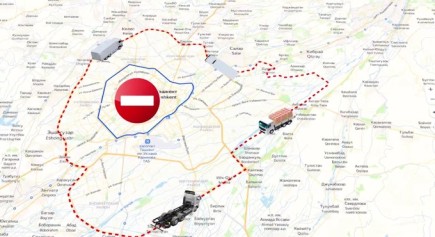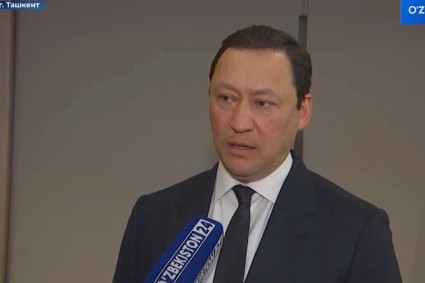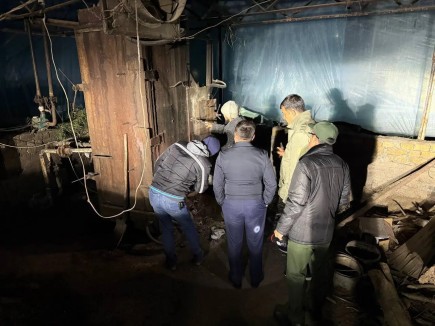The Tashkent Metro expects delivery of 14 more subway trains (a total of 56 cars) in 2026, the press service of the Tashkent metro said in a statemnt in response to social media complaints about crowded trains.
"For nearly 40 years, the Tashkent Metro had 29 stations, and the total length of lines was 38 km. Over the past six years, an additional 33 km of lines and 21 new stations have been commissioned. As a result, the total number of stations has reached 50, and the length of its lines has now reached 71 km," the statement underscored.
Reportedly, while the metro used to serve 280,000-300,000 passengers per day in 2021, this number rose to 920,000-930,000 in 2024. While now, this figure has surpassed 1 million.
While, over the past three years train intervals during peak hours (7:30 AM to 9:00 AM) have been reduced:
- On Chilanzar Line, from 5 minutes (16 trains in 2021) to 1.5 minutes (28 trains today);
- On Uzbekistan Line, from 6 minutes (9 trains) to 3 minutes (16 trains);
- On Yunusabad Line, from 11 minutes (6 trains) to 4 minutes (11 trains);
- On Elevated Circle Line, from 12 minutes (5 trains) to 9 minutes (11 trains).
The metro administration reiterated that the metro rules would help ensure schedule adherence. Passengers are urged to "respect each other, not to obstruct doors until other passengers have exited, quickly exit the train upon arrival at the station, not lean on doors, and not leave personal belongings in train cars or on metro grounds."
Earlier, a post appeared on social media claiming that the metro was "turning into a real ordeal" for the commuters. During on-peak hours, passengers have to wait for between two and 10 trains, and the wait times are rising, not decreasing.
"The current level of service on the Tashkent Metro is off-putting not only to those who have cars, but even to those who don't," he added.
From June to October, the elevated Circle Line of the Tashkent Metro underwent a complete reconstruction of tracks between all 14 stations. Free metrobuses operated during this time, but they struggled to cope with the flow of passengers during peak hours.














